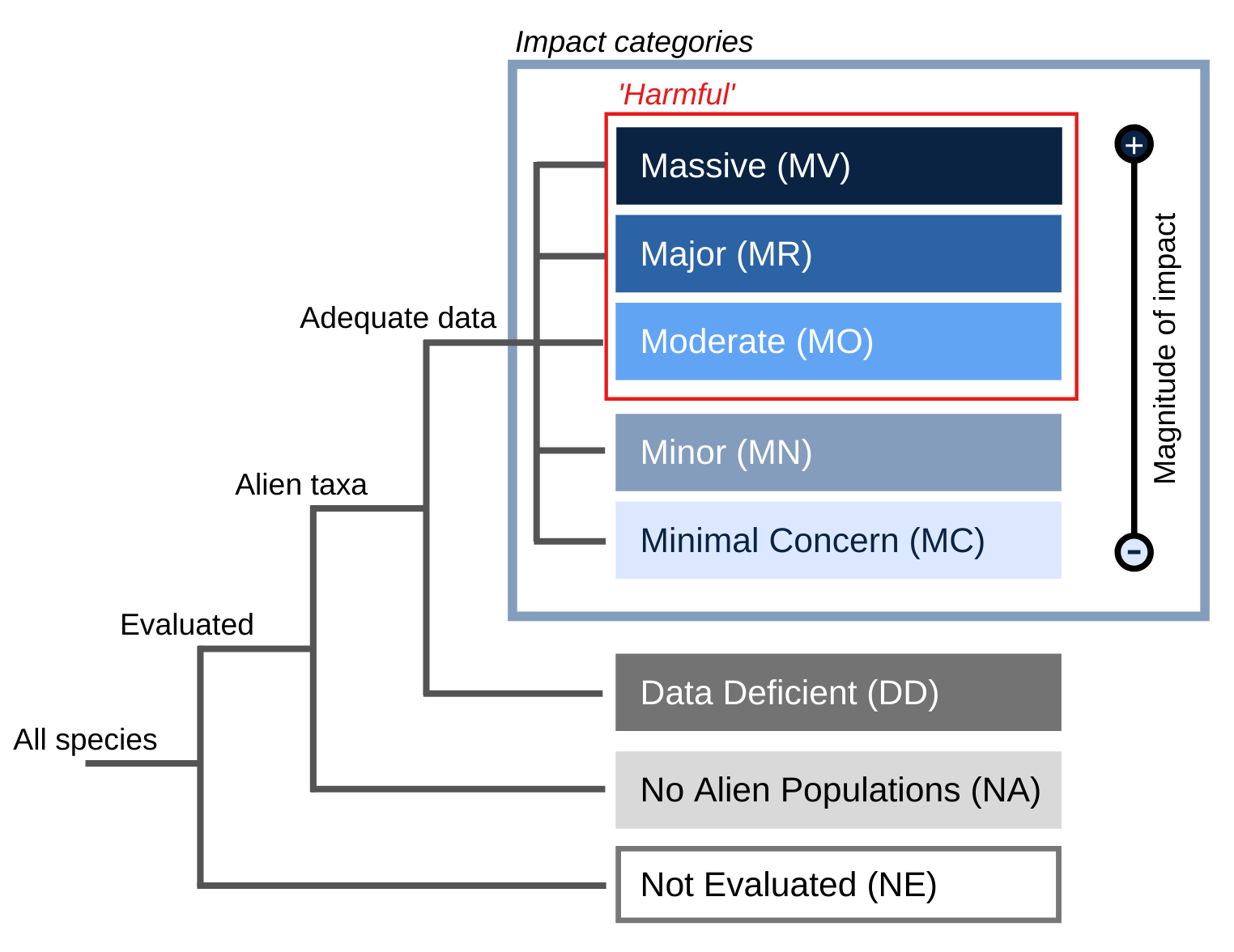Trifolium dubium
System : Terrestrial
Kingdom
Phylum
Class
Order
Family
Plantae
Magnoliophyta
Magnoliopsida
Fabales
Fabaceae
- General
- Distribution
- Impact
- Management
- Bibliography
- Contact
Common name
smallhop clover (English), lesser trefoil (English), hop clover (English), suckling clover (English), yellow clover (English), low hop clover (English), shamrock (English)
Synonym
Chrysaspis dubia , (Sibth.) Desv.
Trifolium filiforme , var. dubium (Sibth.) Fiori
Trifolium parviflorum , Bunge ex Nyman
Trifolium minus , Sm.
Trifolium filiforme , var. dubium (Sibth.) Fiori
Trifolium parviflorum , Bunge ex Nyman
Trifolium minus , Sm.
Similar species
Summary
Trifolium dubium is an annual legume that naturally occurs over most of Europe. T. dubium prefers higher altitude biomes, such as the areas it is found in both Australia and New Zealand. It has been introduced world-wide as a soil improver and forage crop.
Species Description
Trifolium dubium has been described as having 5-15 flowered heads, leaflets that are 0.5cm long, and marginally hairy stipules (Swenson et al, 1997). This description was made in its occurance on the Juan Fernandez Islands, so may not hold true elsewhere. In Taiwan T. dubium is described as reaching heights of 0.3m, having 1 seed per pod, and was introduced as a forage species (Wu et al, 2003).
Lifecycle Stages
Trifolium dubium is an annual legume (Caradus, 1994).
Uses
Trifolium dubium has been reported as being used as a bee crop, a revegetator, and soil improver and a forage species (USDA-ARS, 2010).
Habitat Description
In Australia Trifolium dubium is found in only small quantities in the sub-alpine and montane regions of Kosciuszko National Park in the Snowy Mountains where it is described as \"widespread but rarely common\" (MacDougall et al, 2005). This habitat preference is also reflected in its abundance in New Zealand, where it occurs in high-altitude swards in the South Island (Caradus, 1994). Caradus further decribed T dubium as preferring \"dry, infertile regions\". T. dubium has also been found to occur though in the coastal regions near Wanganui (Champion & Reeves, 2009). In the Falkland Islands T. dubium occurs in built up areas and gardens, improved grassland and dwarf shrub heath (Broughton & McAdam, 2002). T. dubium was found to be one of the most frost tolerant Trifolium species in a study by Caradus (1994), shown to have a frost-tolerance down to -13.8 degrees Celcius. T. dubium dominate the deep-soil seed bank and can increase threefold following disturbance (MacDougall et al, 2006).
Principal source:
Compiler: IUCN SSC Invasive Species Specialist Group (ISSG) with support from the Overseas Territories Environmental Programme (OTEP) project XOT603, a joint project with the Cayman Islands Government - Department of Environment
Review:
Publication date: 2010-06-08
Recommended citation: Global Invasive Species Database (2025) Species profile: Trifolium dubium. Downloaded from http://www.iucngisd.org/gisd/speciesname/Trifolium+dubium on 29-12-2025.
Management Info
Preventative Measures: Trifolium dubium is listed as an agricultural weed in Japan (Miyawaki & Washitani, 2004).





